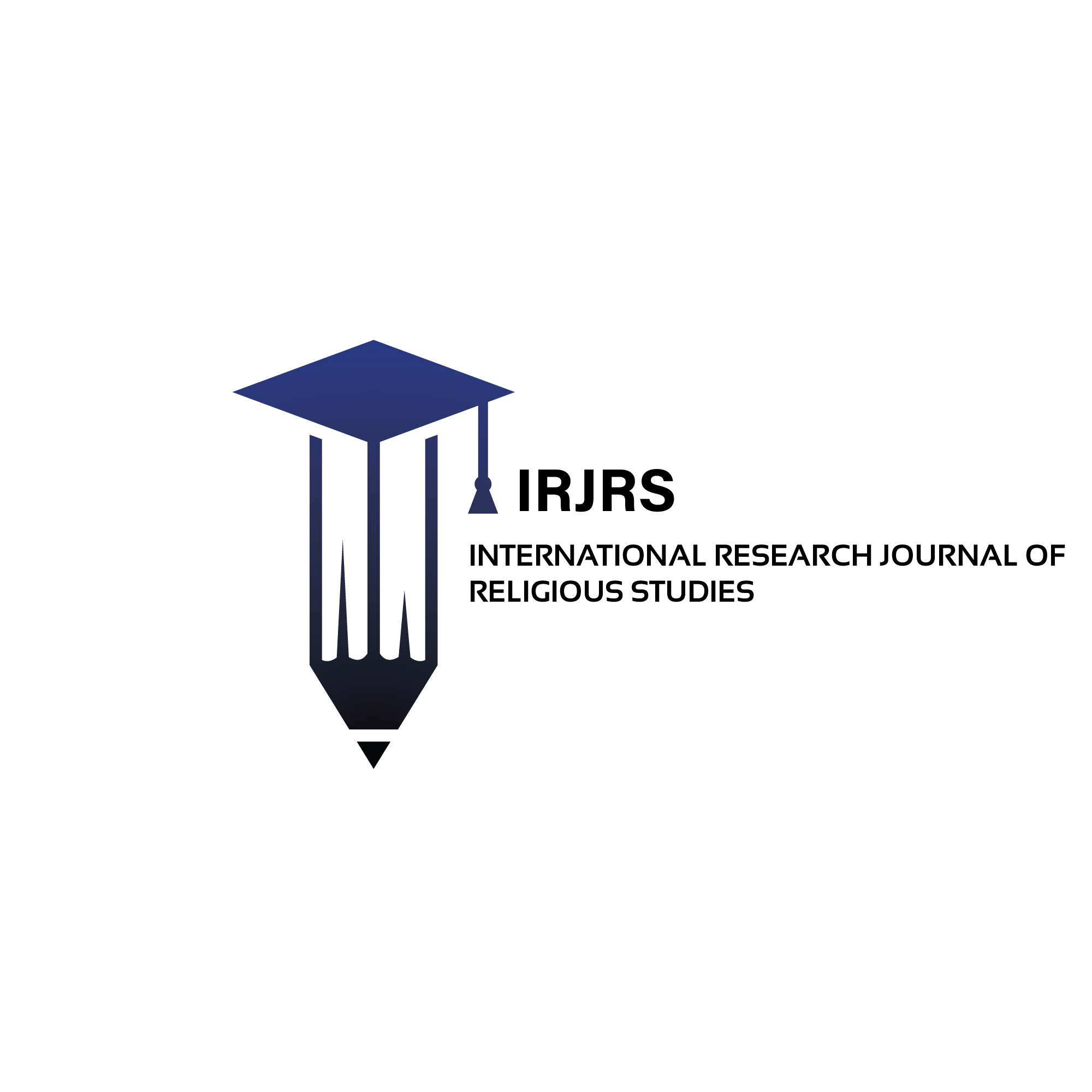الہامی ادیان میں روزے کے متعلق احکام کا تحقیقی جائزہ
A research review of Fasting Commandments in Semitic Religions
Keywords:
Religions, Judaism, Christians, Muslims, Allah's pleasure, attainment of piety; eating and drinking, fasting days; Islam, Quran.Abstract
Taking Fast is a fundamental organ of Islam and according to the Holy Qur'an it was also made compulsory for the previous Ummahs. The entire Muslim Ummah remains busy in fasting throughout the world. This creates Muslim understanding and unity. From this point of view the month of Ramadhan is called the month of Sharing of Sorrows. The purpose of this paper is to examine the same religious teachings in the divine religions. In particular, the divine religions include the pursuit of piety and the pleasure of Allah. Islam is one of the fastest growing religions in the world.This paper occupies a unique place among the teachings of the same and harmonious teachings of the divine religions. There are six days in a year when observant Jews fast “Two Major Fasts” called for a fast from sundown on the day before to sundown on the day itself four “Minor Fasts” car for a fast from sunrise to sundown. The two full fast days carry four restrictions in condition to eating and drinking, one may not wash his body, wear leather shoes, use colognes oils or perfumes or have sexual relations. Fasting is a practice in several Christians denominations certain seasons of the liturgical calendar or individually as a believer feels led by the Holy Spirit.








